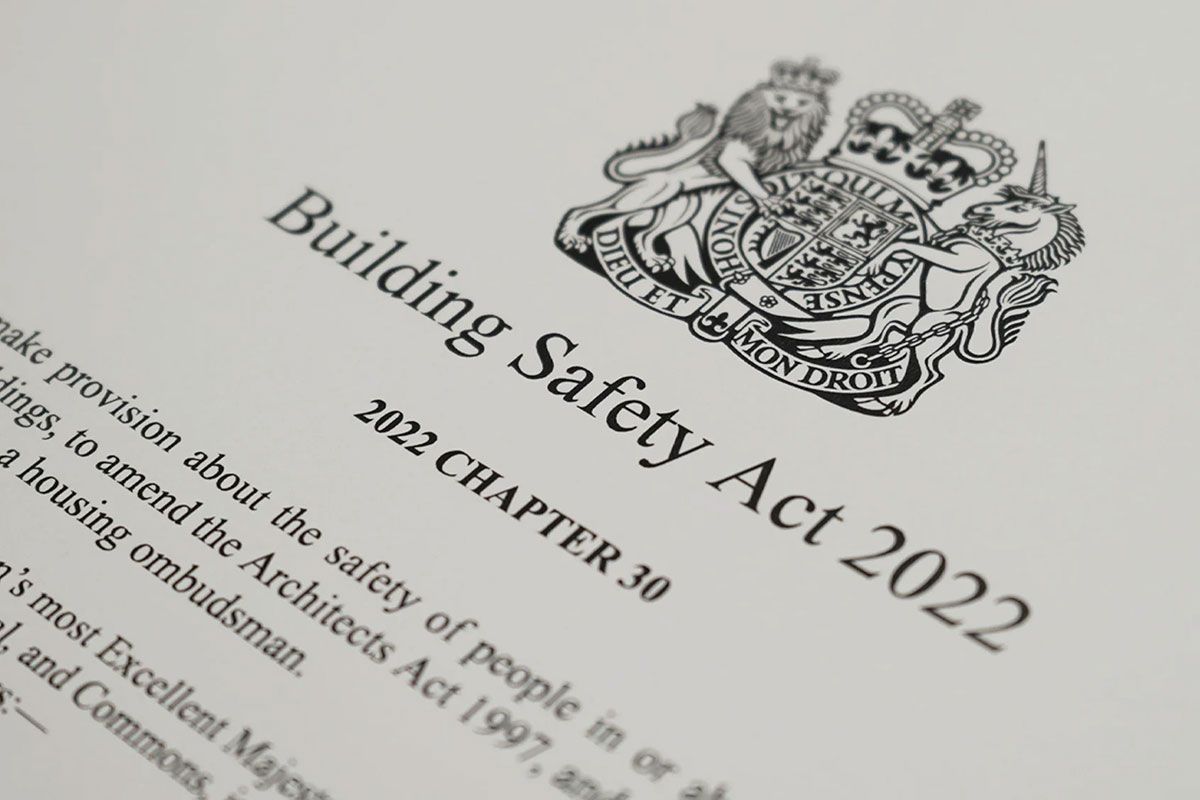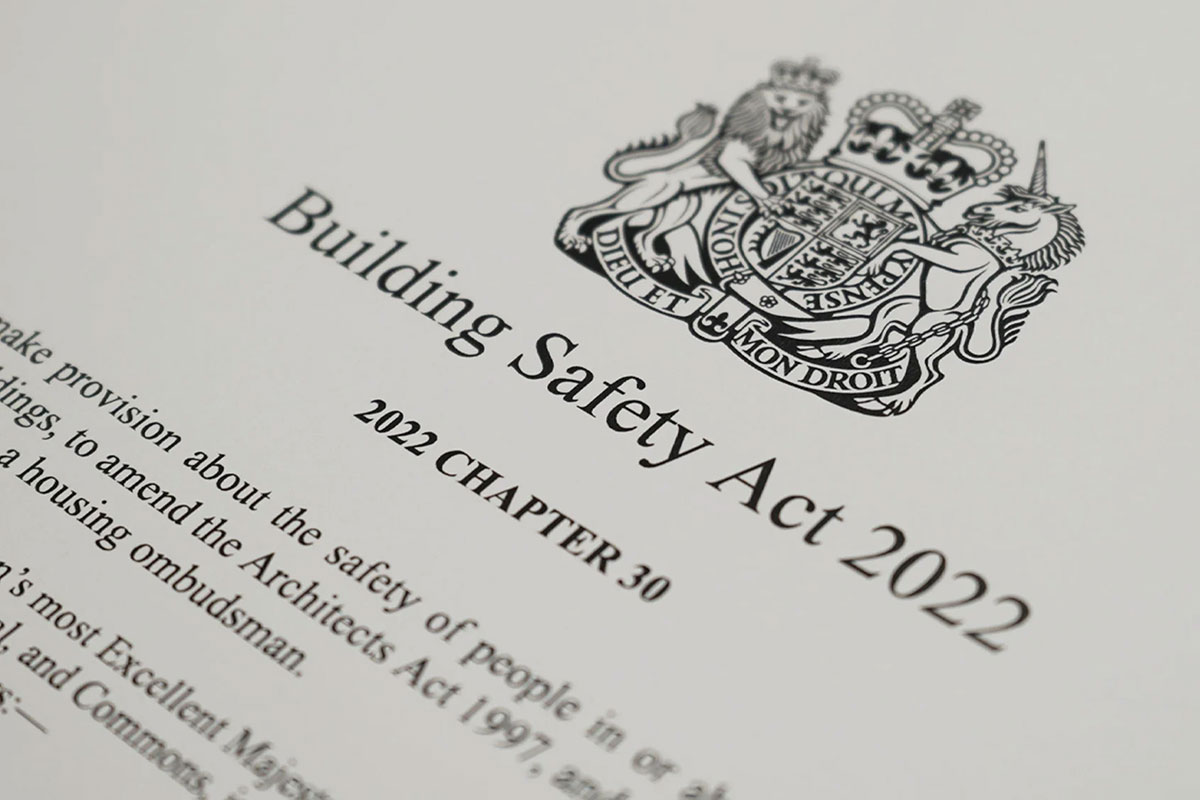The Importance of a Snagging Inspection for New-Build Homes in the UK
The Importance of a Snagging Inspection for New-Build Homes in the UK
Snagging Inspections – Why They Really Matter
Buying a new-build home should be thrilling—the culmination of your hopes and plans. Yet for many UK homeowners, moving in quickly uncovers a slew of snagging issues that turn anticipation into frustration. A snagging inspection offers peace of mind—a safety net ensuring your new home meets expectations before handover.

The Scope of the Problem: Real-World Stats
-
According to the Home Builders Federation National New Homes Customer Satisfaction Survey (March 2025), 93.7% of new-build buyers reported problems—snags and defects—with their home after moving in. More than a quarter reported over 15 issues.
-
Industry data from BuildScan reveals the average new-build home now has an astonishing 157 snagging issues, almost double the average of 80 in 2005—an annual climb of about 6.4%
-
Another survey found 95% of new homeowners reported snags or defects. Of those, 33% faced over 16 issues.
These numbers paint a clear picture: snagging issues are almost inevitable in new builds. A snagging inspection is not optional—it’s essential.
Types of Snags: From Cosmetic to Structural
Snagging issues range widely in severity and impact:
Common Cosmetic & Functional Defects
-
Windows and doors account for 27% of the most frequent snagging issues, including misalignment, poor seals, and glazing faults
-
Typical minor snags include uneven plastering, poor paintwork, ill-fitting fixtures, and insulation gaps
Serious Risks, Quite Literally
-
Structural defects—like foundation problems, cracks in walls, uneven floors, and poorly installed damp-proofing—can create long-term damage, even rendering the property unsafe or worthless
-
Mistakes in pipework or damp-proofing can lead to leak, flooding, and lasting moisture issues
Behind the Figures: Human Experience & Emotional Toll
It’s not just bricks and mortar that suffer—people do too:
-
Homebuyers often feel overlooked when developers delay or neglect fixing issues. Emotional stress, delayed move-ins, and prolonged uncertainty can severely impact quality of life
-
In one startling case, an elderly homeowner in Glasgow endured months of delays and snag-related distress—not least because her window fell out and her shower failed—causing both emotional and physical upheaval
An emotionally resonant experience like this underscores why snagging inspection is not just practical—but vital for peace of mind.
How a Professional Snagging Inspection Helps
-
Spot issues early, often before completion, when they’re easier and cheaper to fix
-
Empower you with documented evidence—snag lists that support your warranty claim or complaint process
-
Protect relationships and financial outlay: developers may act more promptly when professional reports are involved
Conclusion
A snagging inspection isn’t just wise—it’s essential. With nearly all new-build homeowners facing issues—from the minor to the potentially catastrophic—the statistics speak for themselves. Professional inspection safeguards your investment, your safety, and your sanity. If you’re buying—or have just bought—a new home in North Essex or South Suffolk, Infinity Planning is here to help you navigate snagging challenges with expertise and care. Ready to secure your dream home with confidence?
How Infinity Planning Can Help You
At Infinity Planning, serving North Essex & South Suffolk, we guide homeowners through every step of snagging:
-
We connect you with trusted, independent snagging inspectors who understand the local context and common developer practices.
-
We help interpret your snagging report, liaise with developers, and ensure defects are logged properly—and addressed promptly.
-
Our service goes beyond formal inspection: with local insight and empathetic support, we help take the stress off your shoulders.
Whether you’re settling into your new home or navigating snags post-handover, Infinity Planning provides both technical guidance and emotional reassurance.
If you would like an impartial chat about how we can support you, simply call 0800 148 8088, or complete the form below:





